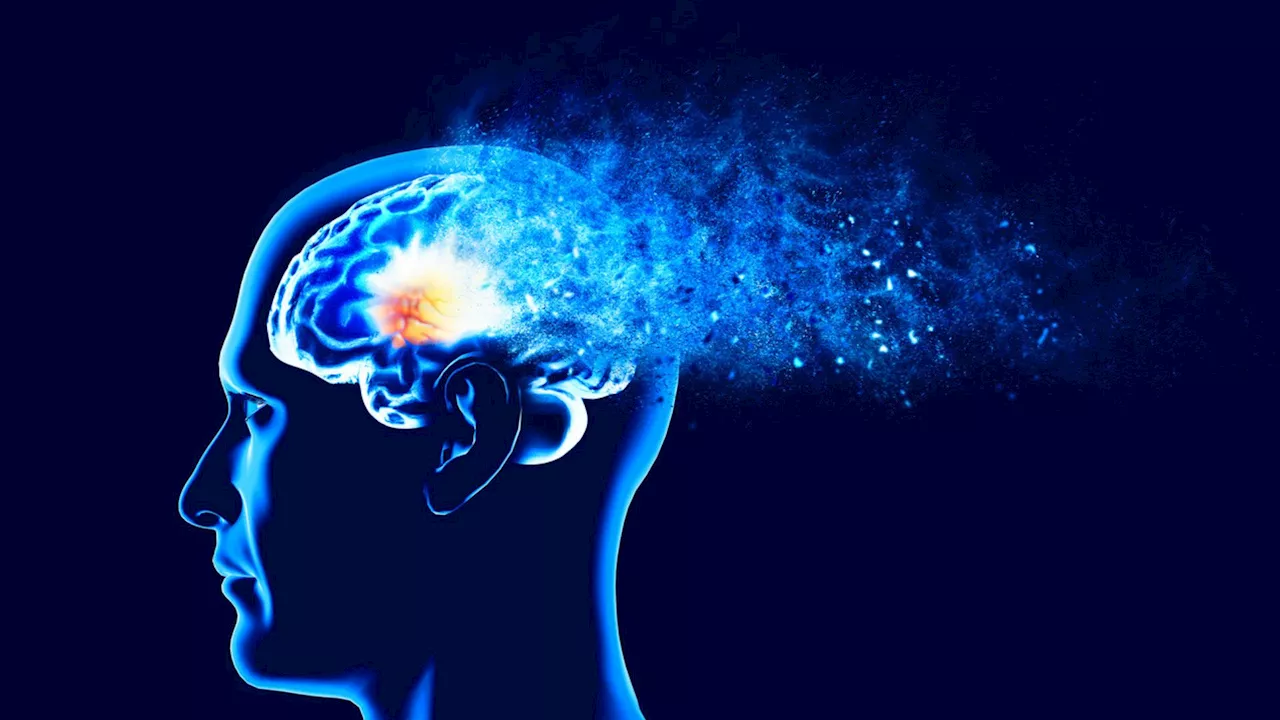A newly described technology improves the clarity and speed of using two-photon microscopy to image synapses in the live brain.
The brain's ability to learn comes from"plasticity," in which neurons constantly edit and remodel the tiny connections called synapses that they make with other neurons to form circuits. To study plasticity, neuroscientists seek to track it at high resolution across whole cells, but plasticity doesn't wait for slow microscopes to keep pace and brain tissue is notorious for scattering light and making images fuzzy.
Scanning a whole line of a sample is inherently faster than just scanning one point at a time, but it kicks up a lot of scattering. To manage that scattering, some scope systems just discard scattered photons as noise, but then they are lost, said lead author Yi Xue, an assistant professor at UC Davis and a former graduate student in the lab of corresponding author Peter T.C. So, professor of mechanical engineering and biological engineering at MIT.
For a more definitive proof, Xue worked with Josiah Boivin in the Nedivi lab to image neurons in the brain of a live, anesthetized mouse, using mosTF. Even in this much more complex environment, where the pulsations of blood vessels and the movement of breathing provide additional confounds, the mosTF scope still achieved a four-fold better signal-to-background ratio.
Neuroscience Brain-Computer Interfaces Intelligence Neural Interfaces Artificial Intelligence Computer Graphics Computer Science
United Kingdom Latest News, United Kingdom Headlines
Similar News:You can also read news stories similar to this one that we have collected from other news sources.
 Sourdough under the microscope reveals microbes cultivated over generationsA rich array of microorganisms give each slice its distinctive flavor.
Sourdough under the microscope reveals microbes cultivated over generationsA rich array of microorganisms give each slice its distinctive flavor.
Read more »
 House Republicans are about to put K-12 schools under an antisemitism microscope“Trying to create gotcha moments and viral moments is not how you ultimately solve problems that you deeply care about,” the chancellor of New York City schools said.
House Republicans are about to put K-12 schools under an antisemitism microscope“Trying to create gotcha moments and viral moments is not how you ultimately solve problems that you deeply care about,” the chancellor of New York City schools said.
Read more »
 'Mathematical microscope' reveals novel, energy-efficient mechanism of working memory that works even during sleepResearchers have discovered a mechanism that creates memories while reducing metabolic cost, even during sleep. This efficient memory occurs in a part of the brain that is crucial for learning and memory, and where Alzheimer's disease begins.
'Mathematical microscope' reveals novel, energy-efficient mechanism of working memory that works even during sleepResearchers have discovered a mechanism that creates memories while reducing metabolic cost, even during sleep. This efficient memory occurs in a part of the brain that is crucial for learning and memory, and where Alzheimer's disease begins.
Read more »
 'Mathematical microscope' could diagnose Alzheimer's disease earlyResearchers uncover a mechanism behind 'working memory' – the brain's short-term storage – and its potential decline in Alzheimer's.
'Mathematical microscope' could diagnose Alzheimer's disease earlyResearchers uncover a mechanism behind 'working memory' – the brain's short-term storage – and its potential decline in Alzheimer's.
Read more »
 Breaking Barriers: World’s First Dual-Beamline Photoelectron Momentum Microscope Unveiled in JapanScience, Space and Technology News 2024
Breaking Barriers: World’s First Dual-Beamline Photoelectron Momentum Microscope Unveiled in JapanScience, Space and Technology News 2024
Read more »
 See 80x closer up with this portable microscope and its recording capabilitiesMicroscopes quite literally gave us a whole new way of looking at the world, and this one is on sale from now until May 22.
See 80x closer up with this portable microscope and its recording capabilitiesMicroscopes quite literally gave us a whole new way of looking at the world, and this one is on sale from now until May 22.
Read more »
